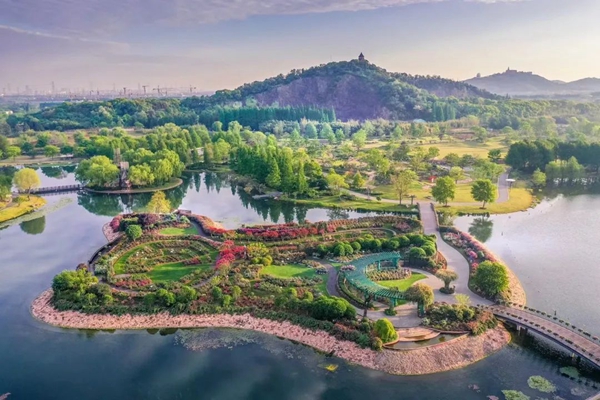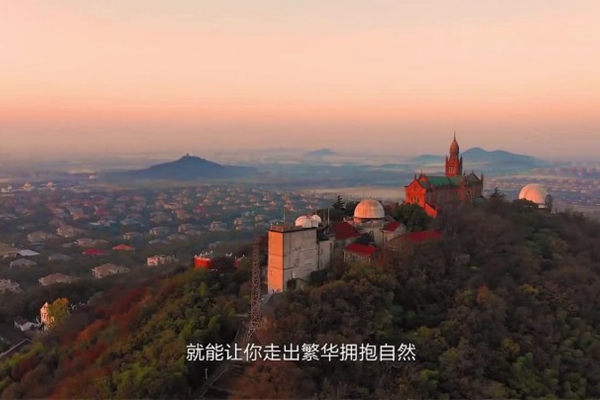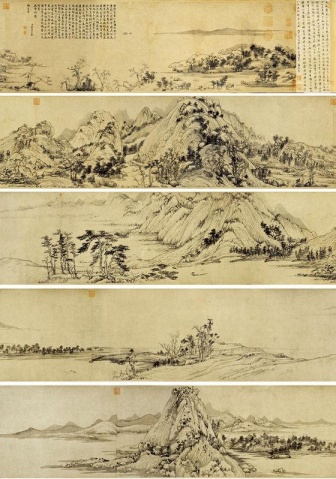
Huang Gongwang's Nine Peaks after Snow and Dwelling in the Fuchun Mountains
( chinadaily.com.cn )
Updated: 2012-06-20
|
|||||||||
Huang Gongwang, nicknamed Crazy Taoist, is the nephew of the famous painter and calligrapher Zhao Mengfu in the Yuan Dynasty (AD 1271~1368).
He is one of the top ten painters in ancient China. People in later generations called him, Wu Zhen, Ni Zan and Wang Meng "Four Painters in the Yuan Dynasty".
Nine Peaks after Snow is a representative of his landscape painting. The painting is 116 cm high and 55 cm wide. It is part of a collection at the Palace Museum.

Dwelling in the Fuchun Mountains is another excellent work of Huang Gongwang. This painting depicts the dwelling in the Fuchun Mountains. It was drawn in the southern building of Fuchun Mountains, but the postscript was written in Xia’s Zhizhi Hall in West Sheshan Mountain, Songjiang.
After the Ming Dynasty (1368~1644) collapsed, this painting was obtained by Wu Hongyu. He loved it very much and carried it all the time. When he was dying, he even threw it into fire as a sacrificial object. Fortunately, his nephew Wu Ziwen quickly took it out from the fire though the middle section was burnt.
The front section of 31.8 cm×51.4 cm was called "Remaining Dwelling in the Fuchun Mountains" and is now part of a collection in the Zhejiang Museum. The rear section of the 33 cm×636.9 cm was taken to the royal family during the reign of Emperor Qianlong and is now part of a collection at the Taipei Museum.
Official Website of the Sheshan National Tourist Resort, Shanghai



